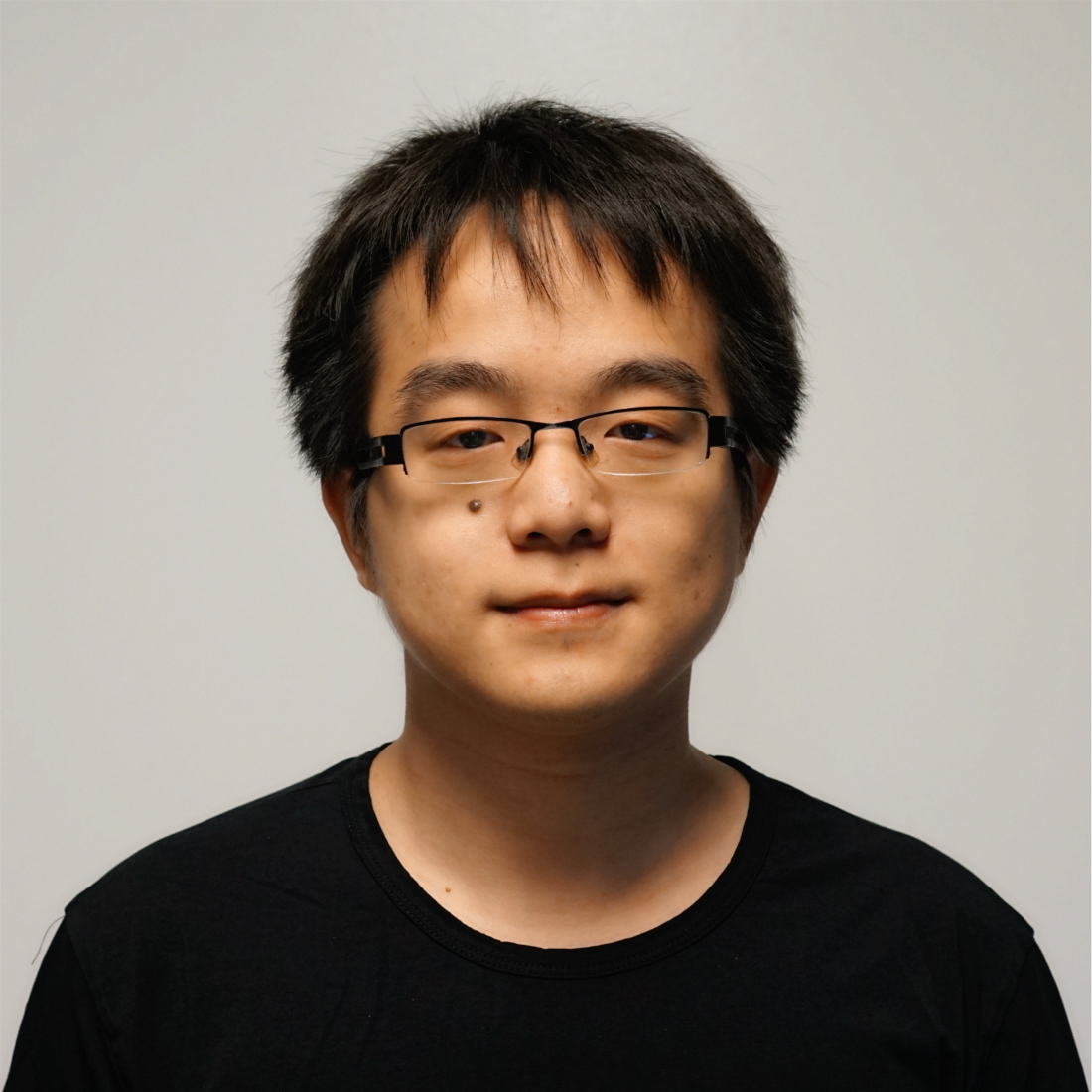
- This event has passed.
ESE PhD Defense: “Orbital angular momentum microlasers: From the first demonstration to ultrafast tunability”
September 29, 2020 at 3:00 PM - 5:00 PM
Orbital angular momentum (OAM) carried by structured vortex light establishes a new information dimension, thereby promising high capacity optical communication and high performance computation in both classical and quantum regimes. Meanwhile, laser is the key driver in the field of optics and photonics over other photonic components. Since its discovery, laser technology has demonstrated strong impacts on a broad variety of applications, especially in today’s information technology supporting fast growing cloud computing and communication. As microlaser plays an imperative role in modern integrated photonic platforms, the development of OAM microlasers capable of direct generation of vortex light is critical in applying unbounded OAMs as information carriers to address the upcoming information explosion. However, conventional microlaser designs offer coherent emission with rather simple polarization/phase states and suffer from instability. In this work, we bring the non-Hermitian physics into the regime of nanophotonics to explore feasible designs of OAM microlasers. Non-Hermitian photonics based on parity-time symmetry successfully expands the design freedom from real material permittivity to a complete complex domain, providing a versatile toolbox that empowers new functionalities in the realm of nanophotonics. Adapting optical non-Hermiticity into the design of microlasers enables enhanced lasing stability and efficiency, leading to vortex microlaser emissions with a high sideband suppression ratio. By tailoring the complex index modulations at an exceptional point (EP) on a microring laser, we demonstrated the very first OAM microlaser of which both the topological charge and the polarization state can be designed on demand. More recently, we successfully promoted the OAM microlaser technology and achieved a dynamically tunable and scalable vortex microlaser, providing 5 different OAM states at the same wavelength, by optically controlled non-Hermitian coupling and spin-orbit interaction. Moreover, we realized the ultrafast control of the fractional OAM by leveraging the rapid transient response of the semiconductor optical gain and demonstrated continuous sweeping of the fractional charge of microlaser emissions from 0 to +2 in a 100 ps time scale. The toolbox of ultrafast generation and control of various vortex light holds great promise for the development of entirely new high-speed secure information systems in a unique multidimensional space.

Zhifeng Zhang
ESE PhD Candidate
Zhifeng Zhang is a Ph.D. candidate in the Department of Electrical and Systems Engineering, University of Pennsylvania. He received the Bachelor’s degree in Electronic Engineering from Jilin University, China, in 2013 and Master’s degree in Electrical Engineering from SUNY at Buffalo, US, in 2015. His research interests include nanophotonics and integrated photonics.
Advisor
Liang Feng, Electrical and Systems Engineering & Materials Science and Engineering, UPenn
Committee members
Deep Jariwala, Electrical and Systems Engineering, UPenn
Liang Wu, Physics & Astronomy, UPenn
Shu Yang, Materials Science and Engineering & Chemical and Biomolecular Engineering, UPenn
